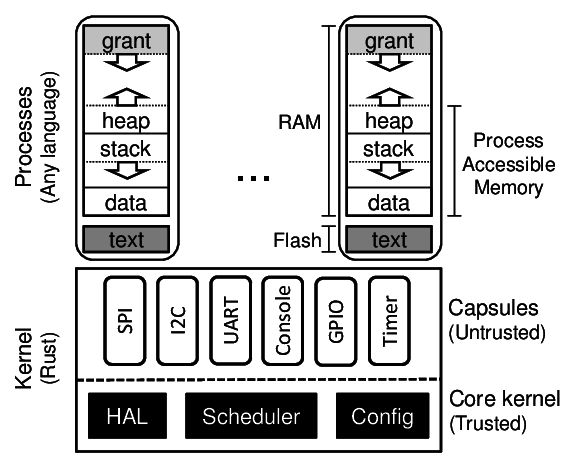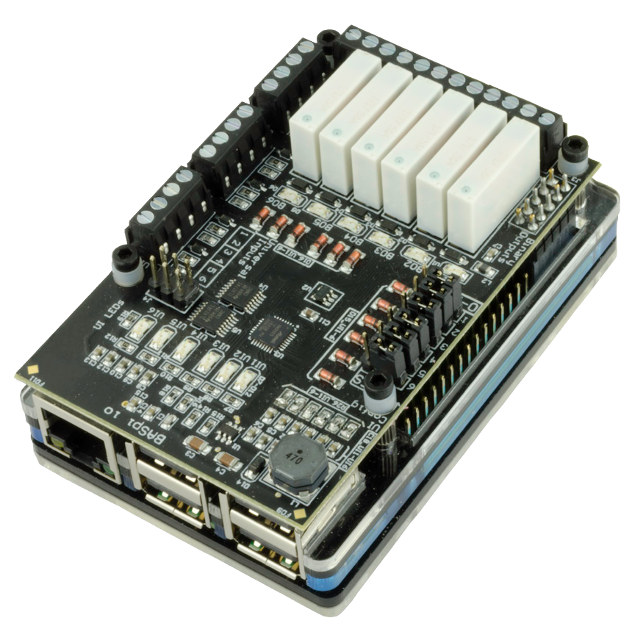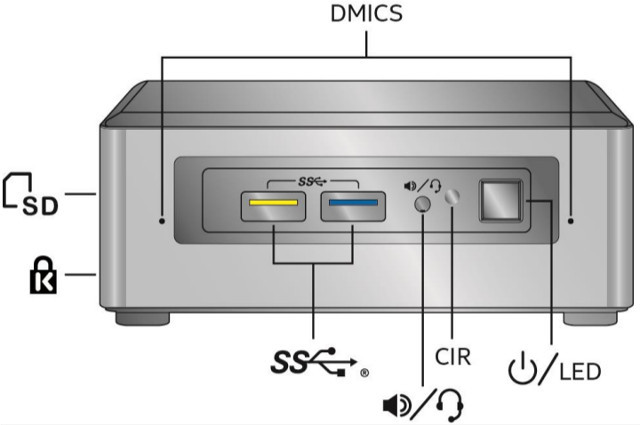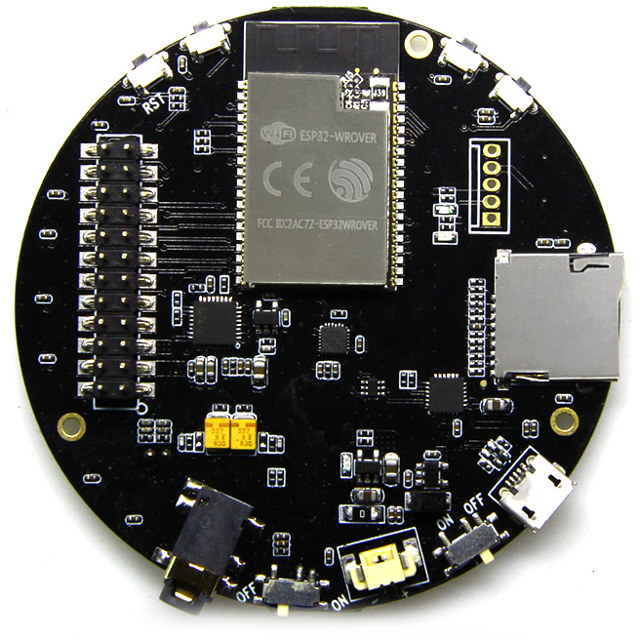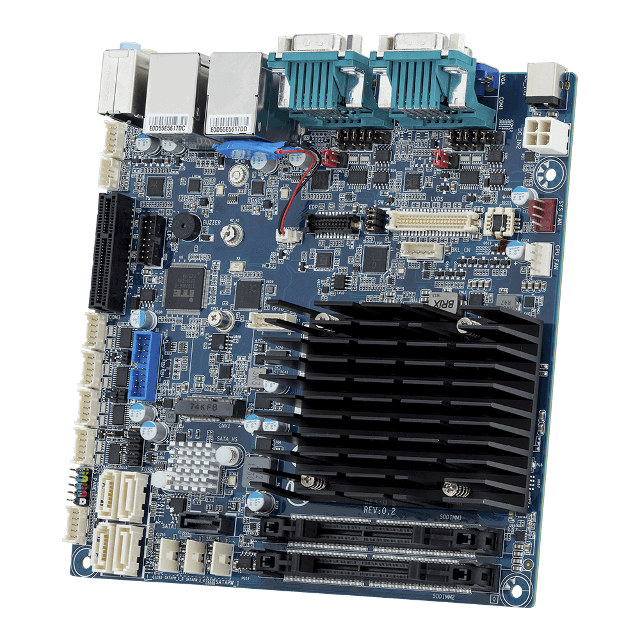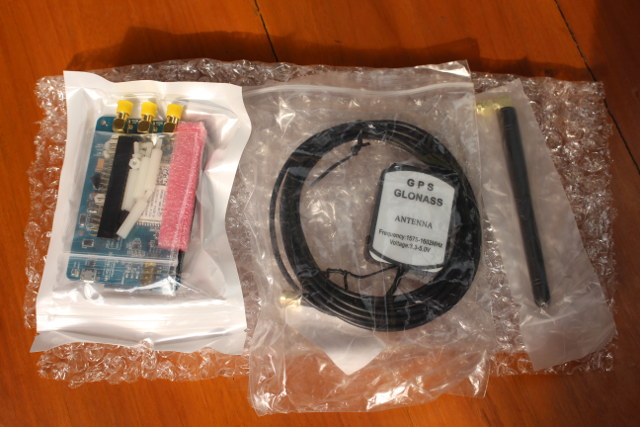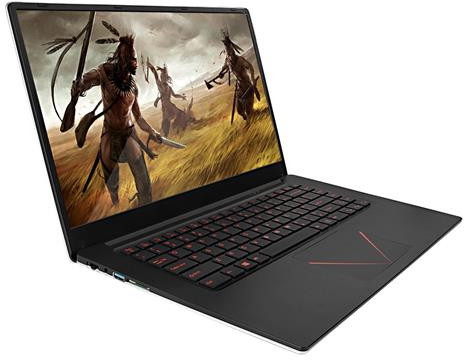We already have a fair share of open source operating systems running on Arm Cortex-M microcontrollers with FreeRTOS, mbed OS, Zephyr OS, RIOT, and many others. Earlier this morning, as I wrote about the Embedded Linux and IoT Summit 2018, I discovered you can now also add Tock to the list, with the operating system specifically designed for (secure) IoT on Arm Cortex-M MCUs. According to the abstract, Tock aims to enable more secure and extensible IoT systems by using a language sandbox and hardware enforced mechanism to isolate third-party and other untrusted code in the system. The operating systems is comprised of three components: A trusted core kernel written in Rust language with a HAL, scheduler and platform-specific configuration Capsules compiled with the kernel and use Rust’s type and module systems for safety; typically used for drivers & virtualization layers User-space processes using the MPU for hardware protection at runtime; […]
BASpi I/O is a Raspberry Pi HAT Expansion Board for Building Automation (BACNet)
BACNet is a data communication protocol for Building Automation and Control Networks that has been developed, supported and maintained by ASHRAE (American Society of Heating, Refrigerating and Air-Conditioning Engineers) Standing Standard Project Committee since 1987, and used as building automation standard in the US, Europe, and more than 30 other countries. It’s used for HVACs, lightings, elevators, fire safety, and other systems used in buildings. It’s also known as ISO 16484-6 standard. I had never heard of it, but this afternoon, I’ve come across Contemporary Controls BASPi I/O, a Raspberry Pi add-on specifically designed for BACNet, and providing 12 physical I/O points including 6 Universal Inputs and 6 Relay Outputs. BASPi I/O specifications and features: BACnet/IP Server – 12 physical points and 24 virtual points BACnet/IP over Ethernet or Wi-Fi Resident Sedona Virtual Machine (SVM) Input/Output — 12-points of physical I/O 6x configurable Universal Inputs: Analog Input, Binary Input, Resistance, […]
Intel June Canyon (Gemini Lake) NUCs Now Up for Pre-order for $130 and Up
This morning, I was informed that Intel had now published product pages for June Canyon NUC kits, mini PC, and board powered by the company’s latest Gemini Lake processors with four models: Intel NUC 7 Essential NUC7CJYSAL – Mini PC with Windows 10 based on Intel Celeron J4005 dual core processor (4M Cache, up to 2.70 GHz) with 32GB flash, 4GB RAM Intel NUC Kit NUC7PJYH – Barebone mini PC with Intel Pentium Silver J5005 quad core processor (4M Cache, up to 2.80 GHz) Intel NUC Kit NUC7CJYH – Barebone mini PC with Intel Celeron J4005 dual core processor (4M Cache, up to 2.70 GHz) Intel NUC Board NUC7PJYB – Board based on Intel Pentium Silver J5005 quad core processor (4M Cache, up to 2.80 GHz) We’ve already published Intel June Canyon NUCs’ specifications, so I won’t go through it again in this post, and instead I looked for places […]
TTGO TAudio V1.0 is a $20 Audio Board with ESP32-WROVER Module
Espressif Systems may have recently unveiled their Audio Mic HDK suitable for all sort of audio applications including smart speakers, but if you need an ESP32 board that’s available now and don’t need a microphone array, TTGO TAudio V1.0 board may be an option. The board – also known as TTGO T9 – features an ESP32-WROVER WiFI + Bluetooth module, a Wolfson audio codec with a 3.5mm audio jack and built-in microphone, as well as an RGB LED array and a motion tracking sensor. TTGO T9 / TAudio V1.0 board hardware specifications: Wireless Module – ESP32-WROVER 802.11 b/g/n + Bluetooth 4.1 LE module with 4MB Flash, 4MB PSRAM External Storage – micro SD card slot Audio Cirrus Logic / Wolfson WM8978 stereo audio codec 3.5mm audio jack Microphone Sensor – InvenSense MPU9250 9-Axis (Gyro + Accelerometer + Compass) MEMS device Expansion 24-pin header with GPIOs, I2C, UART, VP/VN, speaker out, […]
GIGABYTE MZGLKAI is an Industrial Mini-ITX Motherboard Powered by an Intel Gemini Lake Processor
Last month, we got news of Gemini Lake motherboards by ASRock, and GIGABYTE. The former provided decent technical details about their boards, but the latter basically published a more-or-less useless press release about their upcoming J/N motherboards (e.g. J4005N D2P) with very few technical details. The company has now introduced MZGLKAI industrial mini-ITX motherboard featuring an Intel Celeron J4105 core Gemini Lake processor, dual Gigabit Ethernet, five SATA ports, plenty of COM ports, and more. GIGABYTE MZGLKAI (9MZGLKAINR-S) specifications: SoC – Intel Celeron J4105 quad core processor @ 1.50/2.5 GHz with 12EU Intel UHD Graphics 600 up to 750 MHz; 10W TDP System Memory – 2x DDR4 1.2V SO-DIMM slots up to 2400Mhz, 8GB max. Storage – 5x SATA III 6Gbps including 4x via Marvell 88SE9230, 1x from J4105 with SATA DOM support; 3x SATA power connectors Video Output / Display I/F HDMI 2.0a port up to 3840×2160 @ 60 Hz […]
How to Use 3G and GPS on Raspberry Pi with ThaiEasyElec 3G HAT Expansion Board
Venus Supply is an embedded systems company based in Bangkok, Thailand that sells products through their ThaiEasyElec website/brand, as well as a act as a local distributor for popular DIY electronics items. I previously tested their ESPino32 ESP32 board, and the company has now send me another of their new product called “3G HAT Expansion for Raspberry Pi” and based on Quectel UC20-G that support 3G and GPS/GLONASS connectivity globally, meaning it should work in any country with 2G or 3G coverage. After listing the specifications, going through unboxing and assembly with a Raspberry Pi 2/3 board, I’ll write some quick start guide to show what I had to do to use GPS and connect to 3G with a Hologram SIM card. 3G HAT Expansion for Raspberry Pi Specifications Quectel UC20-G wireless module supporting Cellular 3G – UMTS @ 800/850/900/1900/2100 MHz 2G – GSM @ 850/900/1800/1900 MHz Data – HSPA+ […]
Ticwatch S / E Android Wear Smartwatches are Powered by Mediatek MT2601 SoC
Android Wear is normally used in products from larger companies such as Huawei, LG, or ASUS. In the past, some smaller companies claimed to have designed their own Android Wear smastrwatch with approval from Google, but eventually their products went nowhere, even though one was listed on some sellers as a pre-order. But last summer, Mobvoi launched a Kickstarter campaign for their Ticwatch S & E smartwatches powered by Android Wear, and they managed to raise over $3 millions dollars from close to 20,000 backers with pledges starting at $99. The watches can now be purchased online for $127.99 and up from sites like Amazon, GeekBuying, GearBest, or directly from Mobvoi store. Ticwatch S (Sport) and E (Express) share many of the same features, but Ticwatch E is a bit lighter and more elegant, while Ticwatch S comes with a breathable band design with an integrated GPS antenna. Specifications: SoC […]
T-bao Tbook X8S Pro Apollo Lake Laptop is Equipped with an NVIDIA Geforce GPU
Most products based on Intel Apollo Lake processor do so to leverage the low cost and low power of the chip that also embeds Intel HD graphics removing the need for an external graphics card. But T-bao Tbook X8S Pro laptop powered by Intel Celeron J3455 Apollo Lake “Desktop” processor also comes with an NVIDIA GeForce 920M GPU which should boost graphics performance. Tbook X8S Pro specifications: SoC – Intel Celeron J3455 quad core Apollo Lake processor @ 1.50 / 2.30 GHz with (unused) 12EU Intel HD Graphics 500; 10W TDP GPU – NVIDIA GeForce 920M @ 954 MHz with 2GB RAM System Memory – 6GB DDR3 Storage – 128GB eMMC flash or M.2 SSD (unclear), micro SD card slot up to 128 GB Display – 15.6″ IPS screen with 1920×1080 resolution Video Output – HDMI output Audio – Built-in microphone, and stereo speakers; 3.5mm audio jack Connectivity – Gigabit […]


